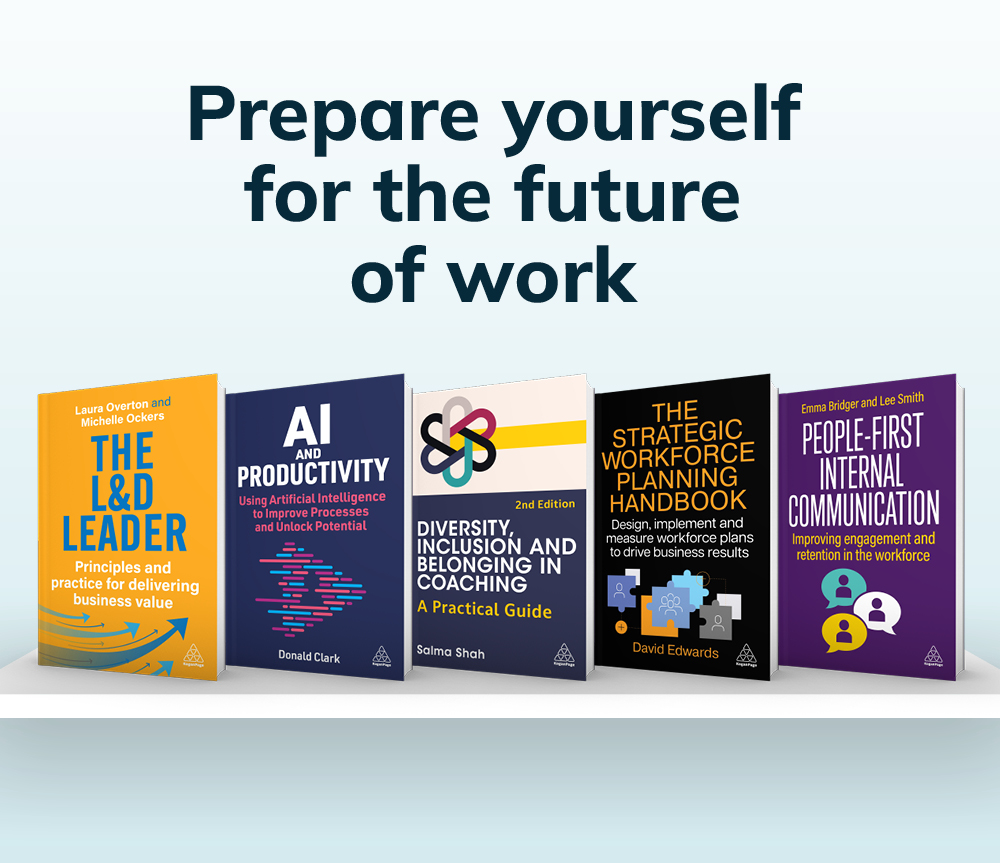Get a FREE ebook with your print copy when you select the "bundle" option. T&Cs apply.
Human Resources, Learning & Development Books
Latest books in Human Resources, Learning & Development
Trending books
Latest insights in Human Resources, Learning & Development
Talent Management & Recruitment Quick tips and seven interview questions on what recruiters can ask candidates so they can better gauge if they would be a great pick for long-term employment success.
Equity, Diversity & Inclusion, Coaching Mentoring is recognized as an important tool for supporting growth and retaining talent in organizations. However, some of the mentoring outcomes are not equitable or inclusive.
Salma Shah discusses the benefits of inclusive mentoring: where it is going wrong, how mentors can get it right and how organizations can ensure EDI in their mentoring initiatives to benefit not only the workforce, but the organization as a whole.
Coaching, Equity, Diversity & Inclusion Mentoring is a core component of most organizations. Yet, even with funding and intent, mentoring programs can frequently under deliver. Salma Shah explores how the mentoring mistake of advice-led mentoring can hold a workforce back and how a hybrid mentor-coach capability is the best way for organizations to transform mentoring into a sustainable driver of talent success.







